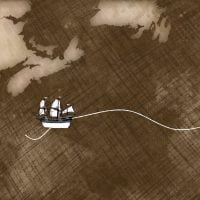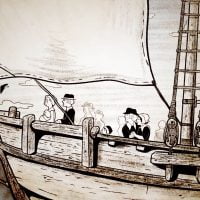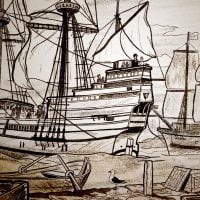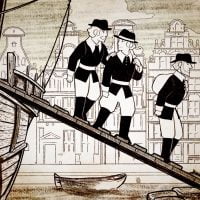
Composer David Fawcett has written ‘A Sure Refuge’, a major new 50 minute cantata reflecting on the Pilgrims’ story and its resonance today. David is a former student at Queen Elizabeth’s Grammar School in Gainsborough and Head Chorister and Organ Scholar at All Saints’ Parish Church. He is also a choral director and professional musician.
This piece of work was commissioned by West Lindsey District Council supported by funding from Arts Council England.
The first performance will take place on Saturday 13 November at All Saints Parish Church in Gainsborough. For more information or to book click here. You can also visit www.davidfawcettcomposer.com/a-sure-refuge to listen to samples, and to read more about David’s cantata.
Continue reading “A Sure Refuge – Mayflower Choral Commission”










